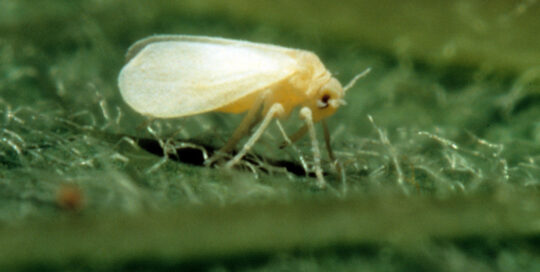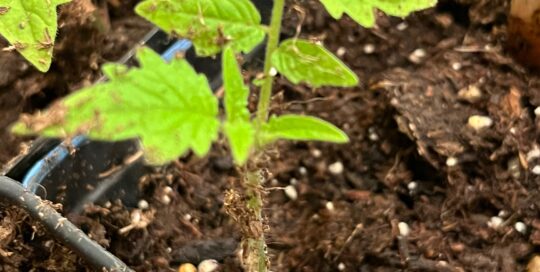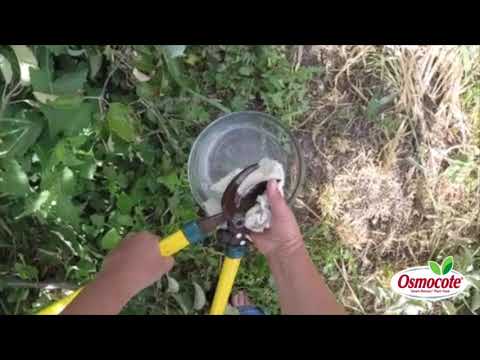Treating Fruit Trees in the Spring
Views: 1014

As winter winds down, it’s time to start treating fruit trees in the spring to prepare them for a bountiful harvest this year. Here are a few late winter or early spring tasks to keep your trees healthy and productive.
Grab the Clippers
The first task in treating fruit trees begins in February to early April is pruning. The goal is to take out extraneous branches that are not productive. These also tend to pull energy resources from the tree that could otherwise go to the fruit.
When and How to Prune Trees and Shrubs
Entire books are written on the subject, but the general rule of thumb is to remove anything that is diseased or damaged. Then prune to allow ample air circulation and plenty of light to reach the interior parts of the tree. Also, remove any suckers from the base of the tree.
Treating Fruit Trees with Dormant Oil Spray
The best time to tackle insects is when they least expect it. In this case, it’s when the weather is warming, yet the trees are still dormant. Dormant oils, which is also called horticultural oil, is usually a very refined petroleum oil or vegetable oil mixed with an emulsifier. This is applied to smother the eggs of mealybugs, aphids, caterpillars, mites and several more scale and mite pests before they hatch.
Spraying Fruit Trees: Dormant Oil
Plan your spraying time close to bud break. (Talk to other orchardists in your area if you’re not sure when this typically occurs.) Pick a day when the temperature is at least 40 degrees and preferably cooler than 70 degrees. Be sure the temperatures are forecasted to remain within those parameters for at least a day. Plus, keep in mind that you don’t want rain in the immediate forecast. Begin at the top of the tree and work your way down. The goal is to cover the nooks and crannies were insects spend the winter, along with thoroughly coating the branches.
While dormant oil spraying doesn’t eliminate all of these pests, it greatly reduces their numbers.
Fertilize for Good Fruit
We’re accustomed to fertilizing our vegetable gardens, but often don’t think about our fruit trees. If your fruit trees are planted within a lawn that is regularly fertilized, there’s no need to add more. If you do, you can over fertilize the tree, which is equally detrimental.
And trees don’t need fertilizer every year. If your soil is relatively nutrient rich, particularly if you are following more permaculture type methods, it’s not necessary. But good soil isn’t the reality for everybody. To feed your trees look for a 10-10-10 fertilizer and apply it in the early spring before bud break.
Never feed trees later in the season. If there’s vigorous growth towards the middle or end of summer it’s difficult for the trees to properly transition to the fall resulting in a greater risk of winter damage.
Plant Good Stuff Around Them
Treating fruit trees in the spring with pruning, spraying and fertilizing isn’t the only thing we can do to improve yields. Any fruit tree benefits from creating a fruit tree guild. At its simplest level, the concept is to plant a variety of plants that attract pollinators, repel some pests, suppress weeds, and provide nutrients to the soil. While this doesn’t provide a neat and tidy appearance, it offers many benefits to the tree. Consider planting varieties such as comfrey, cosmos, alfalfa, borage, chives, lemon balm, yarrow and marigolds below your trees to provide a healthy dose of diversity.
One of the joys of early spring is taking care of the fruit trees because when you do the results are very delicious.
Meet Amy Grisak
Amy is a freelance author and photographer in Great Falls, MT who specializes in gardening, foods, and sustainable agriculture. She provides information on every kind…
Amy's Recent Posts

Watch Out for Silverleaf Whiteflies








